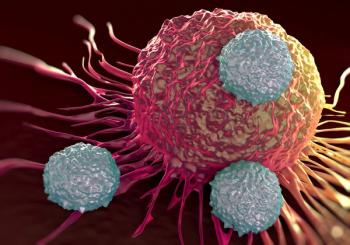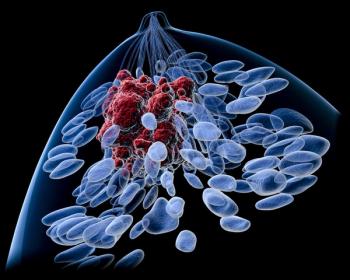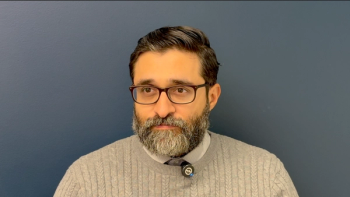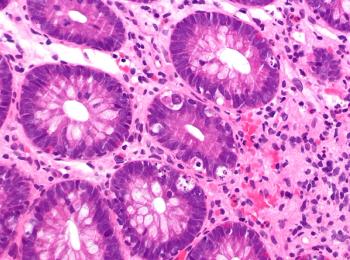
Oncology NEWS International
- Oncology NEWS International Vol 6 No 8
- Volume 6
- Issue 8
Health Insurance Premiums Tax Proposed
WASHINGTON--To maintain its world leadership in clinical care, the nation should levy a 1% tax on health care premiums to pay for clinical research, Kenneth I. Shine, MD, president of the National Academy of Sciences' Institute of Medicine (IOM), has proposed.
WASHINGTON--To maintain its world leadership in clinical care, the nationshould levy a 1% tax on health care premiums to pay for clinical research,Kenneth I. Shine, MD, president of the National Academy of Sciences' Instituteof Medicine (IOM), has proposed.
Traditionally, clinical research has received considerable support frompatient care revenues, particularly at academic medical centers, Dr. Shinesaid. He placed the peak amount at $2.5 billion annually. Among other things,these funds supported young clinical investigators, underwrote researchcosts not covered by grants, and funded equipment and renovations not paidfor by the National Institutes of Health.
However, cost controls instituted by managed care organizations andreductions in Medicare and Medicaid payments have reduced funds availableto subsidize clinical research, Dr. Shine said.
"It is important to develop income streams that will substitutefor these clinical revenues in an accountable manner," he said. "Thatis why I propose an assessment on health-care premiums and payments andeven on money spent by corporations that are self-insured."
Young researchers who previously had been subsidized by clinical revenueare now forced to fully earn their salaries by delivering patient care,Dr. Shine said. As a result, "the time available to do research forthem is diminished."
He also noted that if researchers have an NIH grant, they must fullypay for their salary from their grant. "I believe the effect of thisdevelopment is such that it will compromise the capacity to bring innovationto health care at the bedside," he commented.
Dr. Shine outlined his tax proposal at a press conference during a two-day,IOM-sponsored conference. He suggested the assessment be implemented overfour years, and estimated the levy would yield between $4 billion and $8billion annually to support clinical research.
The proposed 1% assessment could be likened to the existing 10% taxon airline tickets and the various road-fund taxes included in the priceof gasoline. "The commitment of money from health care premiums isbasically to improve the product that you deliver," he said, "justas the airline tax and gasoline tax go to support infrastructure in theirareas."
The IOM president urged that funds from such a tax be used for clinicalresearch only, not for biomedical research in general. "I believethat payers, patients, and managed care organization can understand theexpenditure of money when it goes for improvements in health care,"he said. "It is more difficult for them to see that investment goinginto fundamental science, which, in my opinion, is the responsibility ofgovernment."
Dr. Shine noted, however, that about one third of the research fundingprovided by NIH goes to clinical investigators. By instituting a levy onpremiums, NIH could reduce its funding of clinical research. "If thedirect congressional appropriation to NIH were maintained, this new streamof income would, in fact, increase the amount of money available for fundamentalscience," he said.
A more detailed description of Dr. Shine's proposal and its rationaleappeared in the July 16 issue of JAMA (278:245-246, 1997).
Articles in this issue
over 28 years ago
Two-Step Approach Urged to Avoid High Tech, Wild Deathover 28 years ago
ODAC Votes Yes on Taxol for Kaposi's Sarcomaover 28 years ago
Five Principles Help Resolve Ethical Dilemmas in Careover 28 years ago
Ovarian Cancer Survivors Form National Coalitionover 28 years ago
Photodynamic Therapy Used in Nonmelanoma Skin Cancerover 28 years ago
Increased Numbers of Nevi Can Predict Risk of Melanomaover 28 years ago
With Genetic Tests, Informed Consent Enters Psychosocial Realmover 28 years ago
Cryoablation May Have Limited Role in Prostate Cancer Treatmentover 28 years ago
Americans Not Convinced of Value of Watchful Waitingover 28 years ago
Breast and Arm Sensations Are Common After Breast SurgeryNewsletter
Stay up to date on recent advances in the multidisciplinary approach to cancer.

















































































